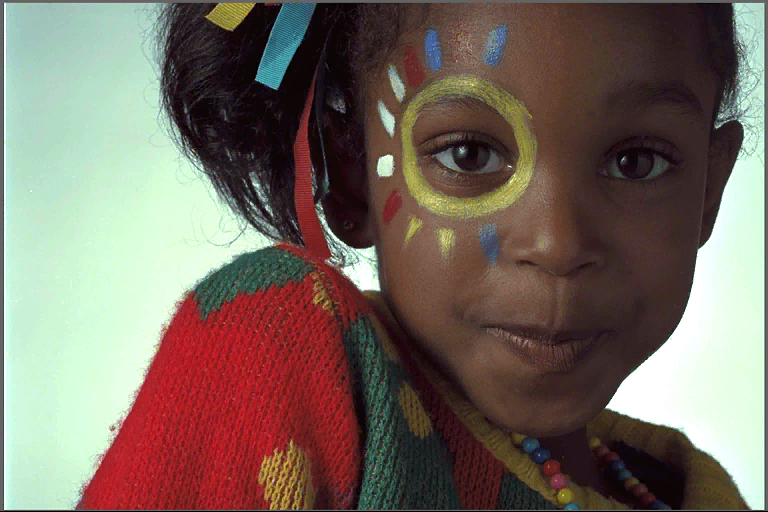Introducing Texture Array Support in Basis
Lots of exciting advancements have happened over the past couple months. We finished ETC1 support, are currently working on a universal format that starts with DXT+ETC1 support, and joined the Khronos Group (check out our presentation at their Technical Advisory Panel here) to make this universal format a standard for texture compression across the industry. I'm certain we'll have a lot more exciting news to share in the coming months.
I want to make an announcement that warrants some special attention, however: We will now be supporting texture arrays in Basis.
We already support compression of single images, cubemaps, mipmaps. With texture array support, you'll get compression that takes advantage of similarities in the different images of the array, and the images can be of varying sizes.
The first application we saw for this feature was in animated UI textures. Our customer had many animated textures throughout their UI, and didn't want to invoke a video codec for every one. Basis texture array support provided a clean solution in comparison, with less overhead and fast runtime decoding speeds.
We are now seeing applications extending far beyond this simple use case. We've seen proven uses in video and light field technology-- light fields especially are an extremely exciting use case.
If you're interested in using Basis, e-mail us any time at info@binomial.info .













